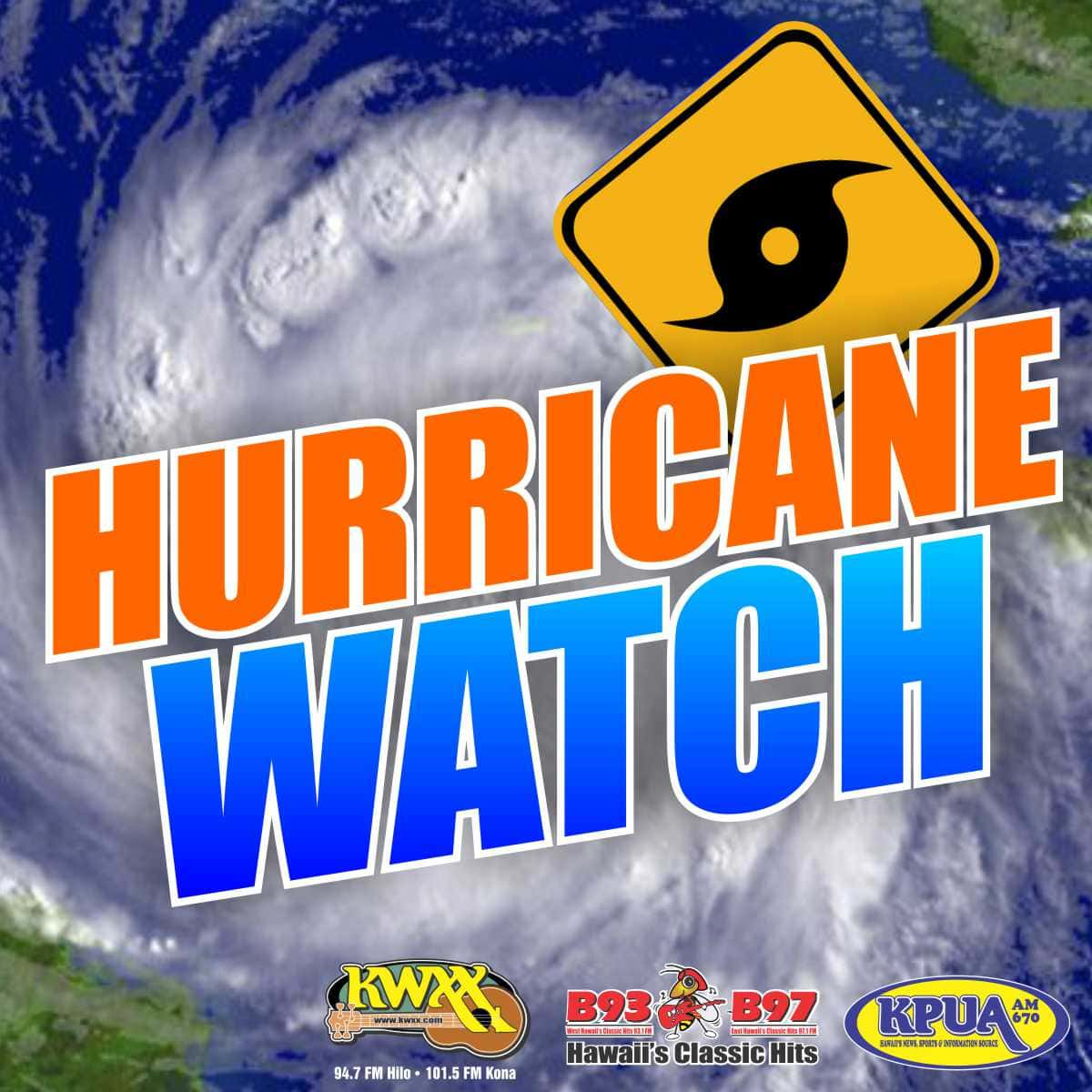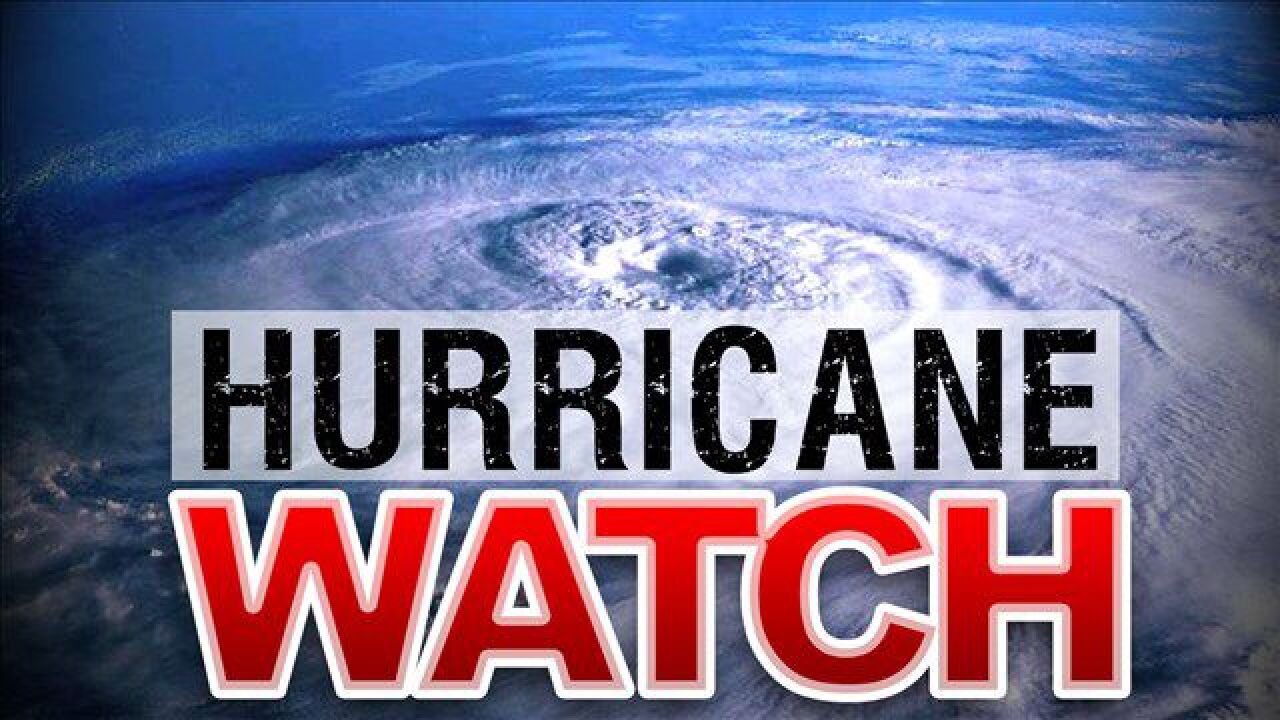Impact on Coastal Communities

Hurricane watch – Hurricanes can have a devastating impact on coastal communities, causing widespread damage to infrastructure, disruption of essential services, and displacement of residents.
When a hurricane watch is issued, it’s crucial to stay informed about the storm’s potential path. One tool that meteorologists use to predict hurricane tracks is called spaghetti models. These models generate multiple possible tracks for the storm, giving forecasters a better understanding of its potential impact.
By monitoring hurricane watches and consulting spaghetti models, individuals can make informed decisions about evacuation and other safety precautions.
The strong winds and heavy rains associated with hurricanes can cause significant damage to buildings, roads, bridges, and other infrastructure. This damage can make it difficult for residents to access essential services, such as food, water, and medical care. In some cases, hurricanes can also cause power outages, which can further disrupt daily life.
Displacement of Residents, Hurricane watch
One of the most significant impacts of hurricanes on coastal communities is the displacement of residents. Hurricanes can force residents to evacuate their homes and seek shelter in other areas. In some cases, residents may be displaced for weeks or even months while their homes are repaired or rebuilt.
As the hurricane watch intensifies, the Dominican Republic remains on high alert. Hurricane Beryl is expected to make landfall later today, bringing with it heavy rainfall and strong winds. Residents are urged to take precautions and stay informed about the latest updates from the National Hurricane Center.
The displacement of residents can have a number of negative consequences. For example, displaced residents may lose their jobs, their schools, and their social networks. They may also experience psychological distress and other health problems.
Importance of Early Evacuation and Preparation
The best way to protect yourself from the impacts of a hurricane is to evacuate early and prepare your home.
- If you live in a coastal area, you should have an evacuation plan in place. This plan should include a list of evacuation routes and shelters, as well as a plan for how you will communicate with family members in the event of an evacuation.
- You should also prepare your home for a hurricane. This includes securing loose objects, boarding up windows, and filling your bathtub and other containers with water.
By taking these steps, you can help to protect yourself and your family from the impacts of a hurricane.
Safety and Preparedness Measures

In the event of a hurricane watch, it is crucial for individuals and communities to prioritize their safety and implement comprehensive preparedness measures. These actions can significantly reduce the risks associated with hurricanes and mitigate their potential impact.
One of the most important safety precautions is to secure property and belongings. This involves securing loose items, such as outdoor furniture and grills, that could become projectiles in high winds. Additionally, it is advisable to board up windows and doors to prevent them from shattering, which can cause injuries and further damage to the property.
Gathering emergency supplies is also essential. These supplies should include non-perishable food, water, first-aid kits, flashlights, batteries, and a battery-powered radio. It is recommended to have enough supplies to sustain each household member for at least three days, as hurricanes can disrupt essential services and infrastructure.
Identifying evacuation routes and plans is another crucial preparedness measure. Familiarizing oneself with the designated evacuation routes for the area and having a plan in place for where to go and how to get there can save valuable time and ensure the safety of family members.
Role of Local Authorities and Emergency Responders
Local authorities and emergency responders play a vital role in coordinating evacuation and providing assistance during hurricane watches and events. They issue timely warnings and advisories, activate emergency response plans, and establish evacuation centers for those who need shelter.
Emergency responders, such as police, fire, and medical personnel, are deployed to affected areas to provide immediate assistance, conduct search and rescue operations, and help restore essential services. They work tirelessly to ensure the safety and well-being of the community.
Monitoring and Tracking Hurricane Development: Hurricane Watch

Hurricanes are complex weather systems that can cause devastating damage. Monitoring and tracking their development and movement is critical for issuing timely warnings and taking appropriate precautions. Various methods are employed to track hurricanes, including satellite imagery, weather stations, and computer models.
Satellite imagery provides valuable information about the structure and intensity of hurricanes. Satellites can detect the presence of warm ocean waters, which fuel hurricane development, and track the movement of clouds and precipitation associated with the storm.
Weather stations located on land and at sea collect data on wind speed, barometric pressure, and rainfall. This data is used to monitor the intensity and track the movement of hurricanes. Weather stations can also provide early warnings of approaching storms.
Computer models are used to simulate the development and movement of hurricanes. These models incorporate data from satellites and weather stations to predict the path and intensity of storms. Computer models are an important tool for forecasters, as they can help to identify potential threats and issue warnings accordingly.
Data Interpretation and Forecasting
The data collected from satellites, weather stations, and computer models is analyzed by forecasters to issue hurricane watches and warnings. Hurricane watches are issued when conditions are favorable for the development of a hurricane within 48 hours. Hurricane warnings are issued when a hurricane is expected to make landfall within 36 hours.
Forecasters use a variety of factors to determine the severity of a hurricane, including its wind speed, barometric pressure, and size. They also consider the storm’s track and the potential for flooding and other hazards.
By monitoring and tracking hurricane development, forecasters can provide timely warnings and help communities prepare for potential impacts.